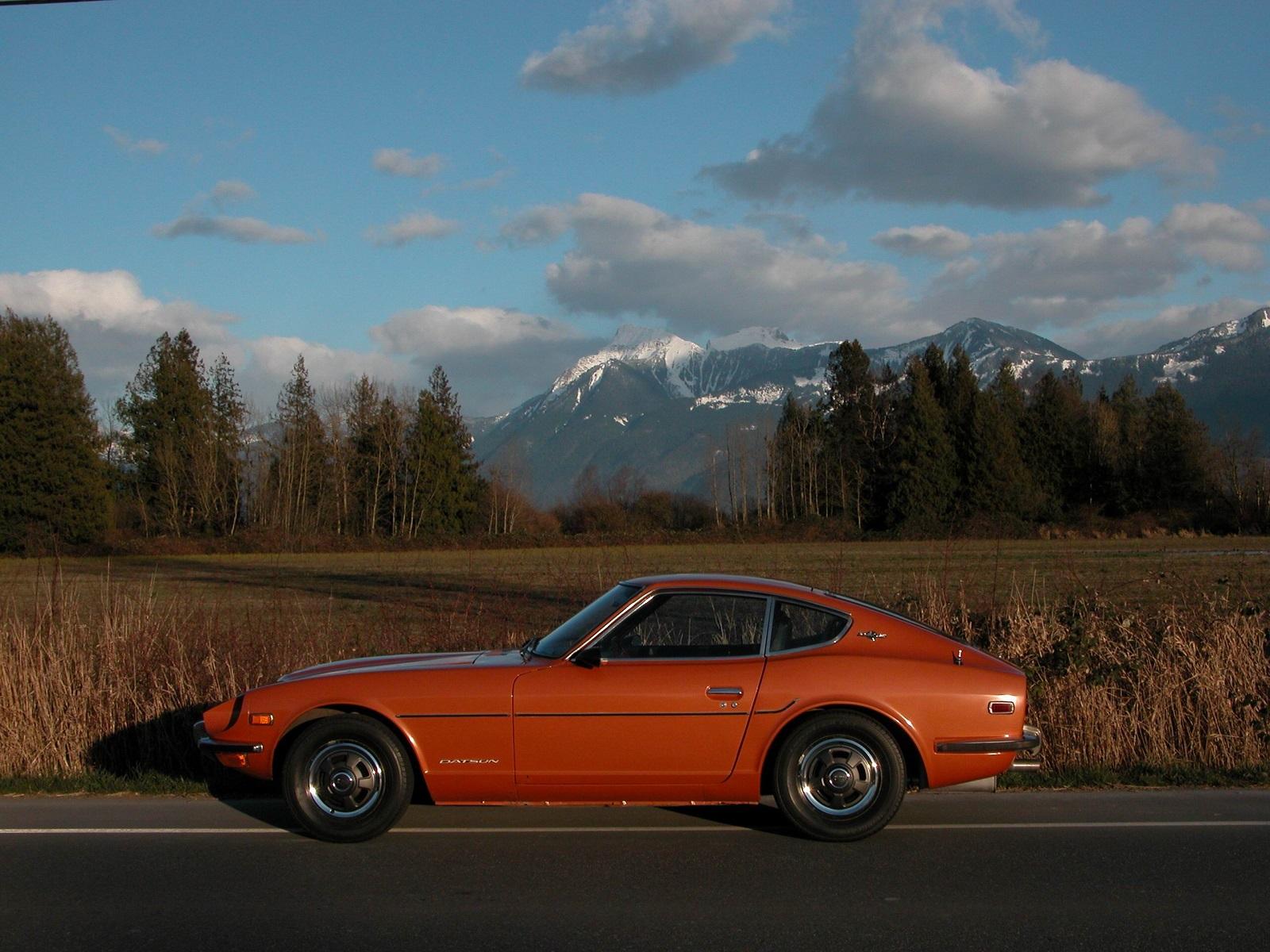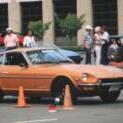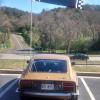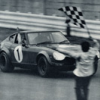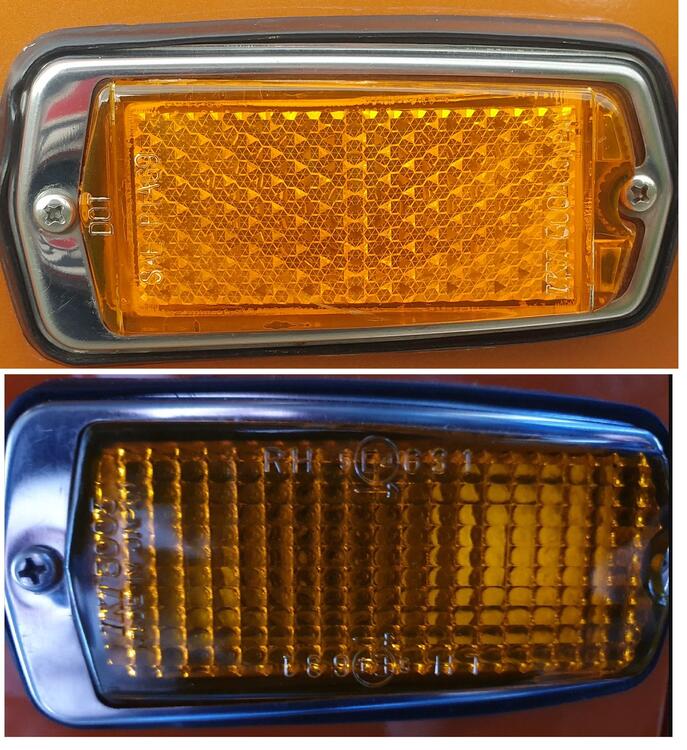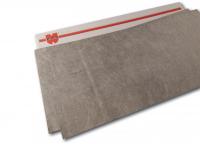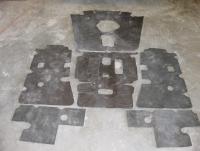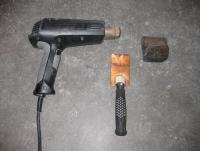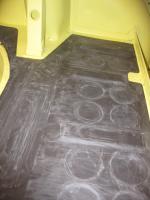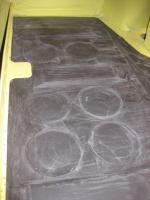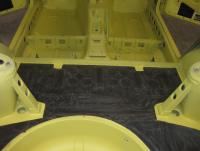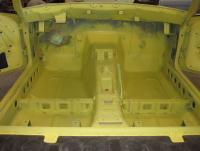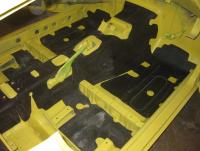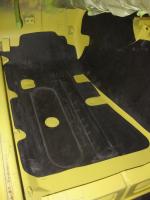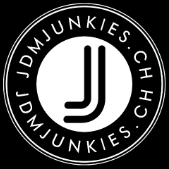Well it's holiday season. First i was away for two weeks enjoying the sea, now my bodyshop us running on low flame, so the recent progress is a bit slow. Also because they have to finish another nice project for another customer first.
Here's what happened in the last few weeks. The inner wheel tub has been repaired on the inside and outside visible part, as well as LH inside trunk area which my previos bodyshop messed up a bit. The rusty swiss-cheese bit which you still see is the part from the rear quarter, which will be replaceed completely with the NOS piece in my posession soon.
The main task is to rework the KFV side sills before putting them into the car. Generally their part is as close to OEM specs as it gets and fit really excellent, but these are somehow quite off in all directions. We made several templates to compare them to the OEM ones and nothing fits. so my bodyshop has to rework them. I'm a bit surprized as their stuff usually is really ace, but these not, on both sides. I tried to reach out to them with many pictures and measurements but haven't got any feedback, sadly. So the only thing we can do is rework them. Any bodyshop will anyway tell you that usually not a single replacement panel is a straight-on swap, so it's not a big deal, but some extra hours. And he had to go to a different shop which has a longer metal-scissor long enough to gut this pieces:
On the already finished part, their in-house paintshop had the finished area sanded down and primered so it doesn't start to rust in the summer heat.
That's it for now. I expect a pallette of goodies from Japan here mid-august and i have put an eye on a nice collection of parts, but negotiation will surely take a bit of time. wish me luck.
And i hop in the coming weeks the bodyshop speeds up things a bit, when the yellow VW Bus in the background is completed (only small damage repair).
